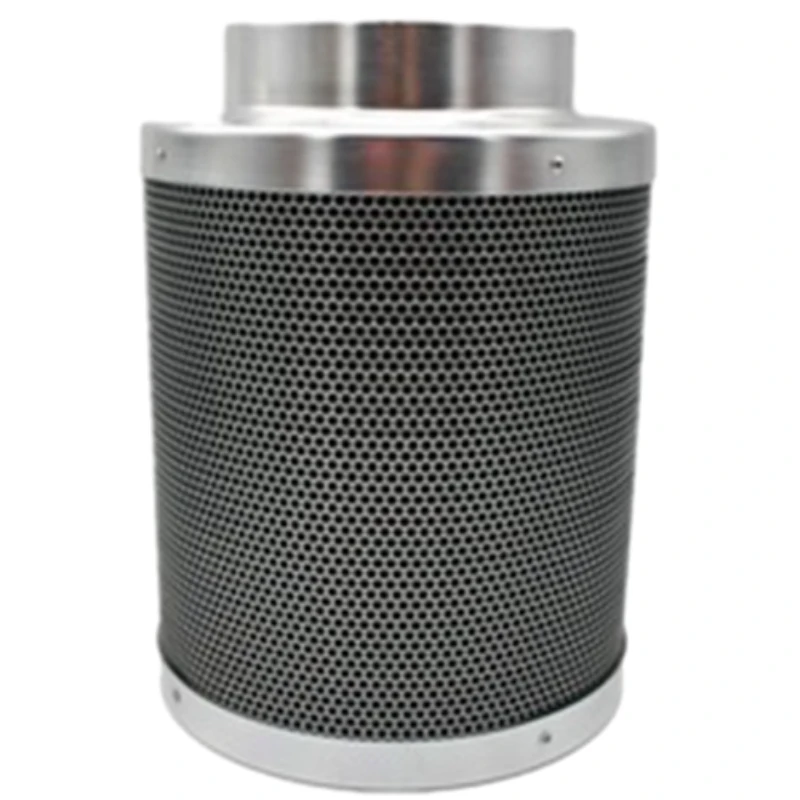Nov . 18, 2024 10:08 Back to list
tempered glass wall
The Benefits and Applications of Tempered Glass Walls
In recent years, tempered glass walls have emerged as a popular architectural choice for both residential and commercial buildings. Known for their strength, safety, and aesthetic appeal, these innovative structures are changing the way we think about space and design. This article explores the characteristics, benefits, and various applications of tempered glass walls in contemporary architecture.
Understanding Tempered Glass
Tempered glass, also known as toughened glass, undergoes a rigorous manufacturing process that involves heating and rapidly cooling the glass to increase its strength. This process gives tempered glass significantly higher resistance to impact and thermal stress compared to standard glass. When broken, tempered glass shatters into small, blunt pieces that significantly reduce the risk of injury, making it a safer choice for buildings.
Aesthetic Appeal
One of the main attractions of tempered glass walls is their ability to enhance the aesthetic quality of a space. These walls allow natural light to pour in, creating an open and airy environment. The transparency of tempered glass provides unobstructed views and creates a sense of connection with the outside world. Additionally, modern design trends often aim for minimalism, and tempered glass walls seamlessly fit into this narrative, providing elegance without compromising functionality.
Strength and Safety
The strength of tempered glass walls is a crucial factor in their widespread adoption. Their ability to withstand higher levels of pressure and impact makes them an ideal choice for high-rise buildings and exterior facades. In urban environments where space is at a premium, the use of tempered glass allows for larger windows and walls that maximize natural light while minimizing structural load. Moreover, the safety features of tempered glass minimize potential hazards, important considerations for both residential and commercial spaces.
Energy Efficiency
tempered glass wall

Another notable benefit of tempered glass walls is their potential for energy efficiency. When combined with advanced glazing technologies, such as low-emissivity (low-e) coatings, tempered glass can significantly reduce heat transfer. This means that buildings can maintain comfortable indoor temperatures while relying less on heating and cooling systems. Consequently, this not only leads to reduced energy costs but also contributes to a building's overall sustainability.
Versatile Applications
The versatility of tempered glass walls allows them to be employed in a variety of settings.
1. Commercial Spaces In offices, retailers, and restaurants, tempered glass walls can create visually appealing spaces that encourage interaction and collaboration. They allow businesses to showcase their products while providing customers with a comfortable environment free from clutter.
2. Residential Homes Homeowners increasingly opt for tempered glass walls to create bright, open-concept living spaces. They can be used in areas such as living rooms, dining rooms, and kitchens to enhance views of gardens and scenic landscapes.
3. Public Buildings For institutions such as museums, galleries, and schools, tempered glass walls provide a contemporary feel while being safe and durable. These walls are essential for integrating indoor and outdoor environments, facilitating natural light flow, and creating dynamic learning spaces.
4. Shower Enclosures and Partitions In bathrooms, tempered glass is the preferred material for shower doors and enclosures due to its safety features and ease of maintenance. The sleek appearance of glass partitions also enhances the aesthetic of spaces while preventing water from splashing and creating a mess.
Conclusion
As architects and designers continue to explore innovative solutions for modern living and working environments, tempered glass walls present a compelling choice. Their combination of strength, safety, and aesthetic versatility makes them ideal for a range of applications, from commercial buildings to private residences. As the demand for sustainable and visually appealing structures grows, it is clear that tempered glass walls will play an essential role in shaping the future of architecture. Embracing these innovative materials not only enhances the beauty of a space but also ensures safety and efficiency, making modern buildings smarter and more engaging.
-
Safety and Style with Premium Laminated Glass Solutions
NewsJun.24,2025
-
Reinvents Security with Premium Wired Glass
NewsJun.24,2025
-
Premium Float Glass Line for Modern Architecture
NewsJun.24,2025
-
Low Emissivity Glass for Energy-Efficient Architecture
NewsJun.24,2025
-
High-Performance Insulated Glass Solutions for Modern Architecture
NewsJun.24,2025
-
Elevates Interior Style with Premium Silver Mirror
NewsJun.24,2025
Related PRODUCTS














